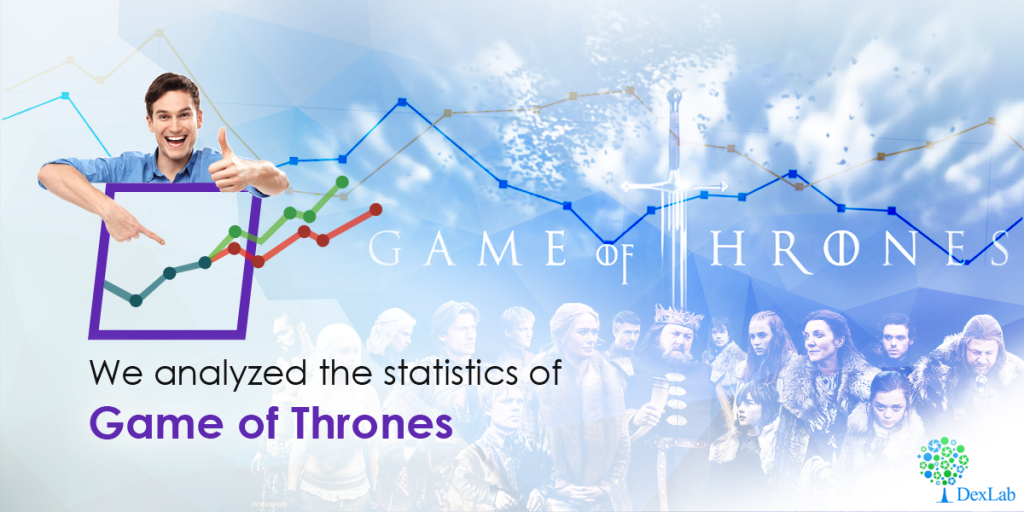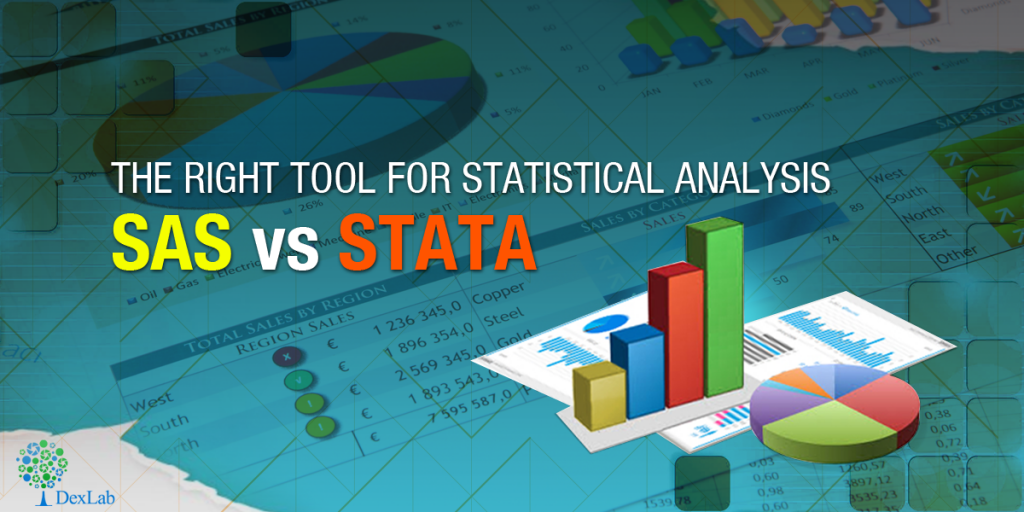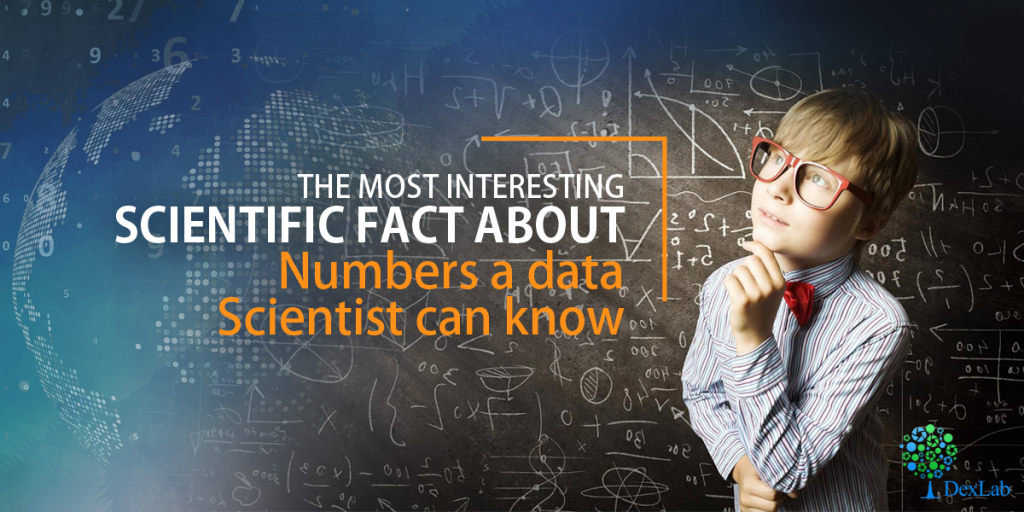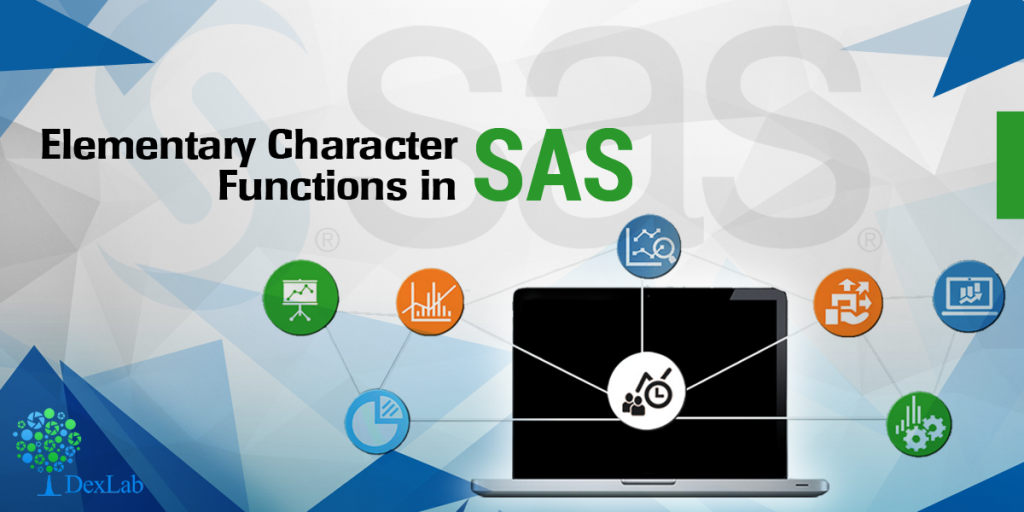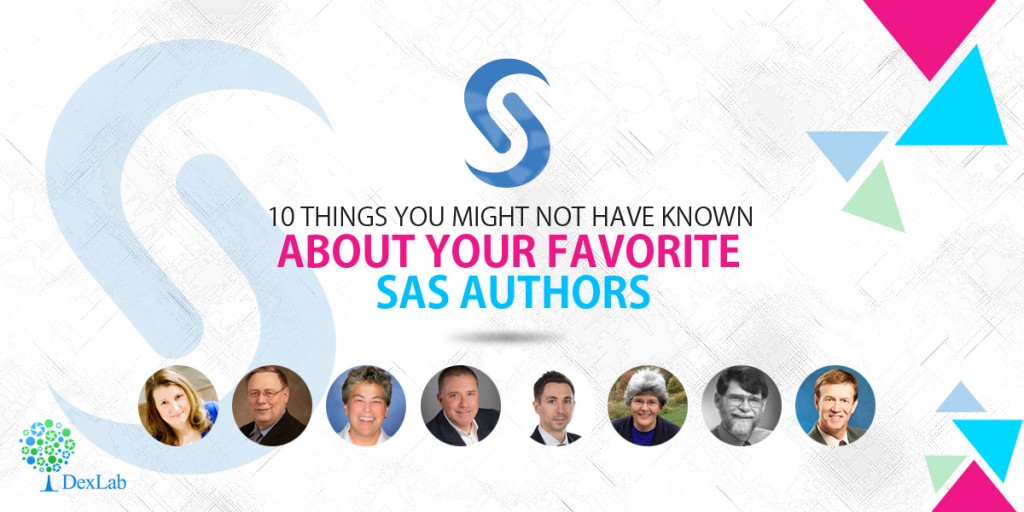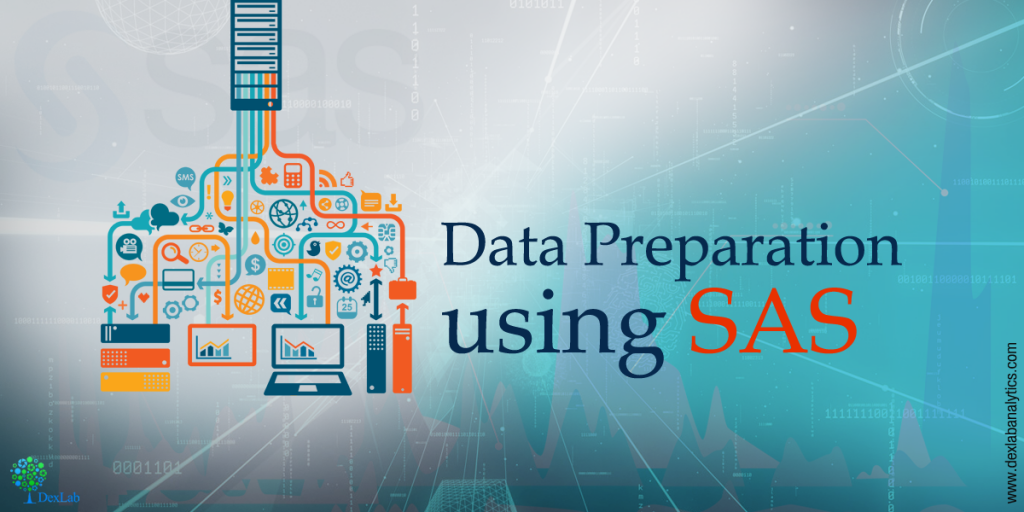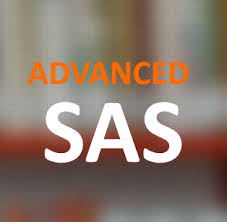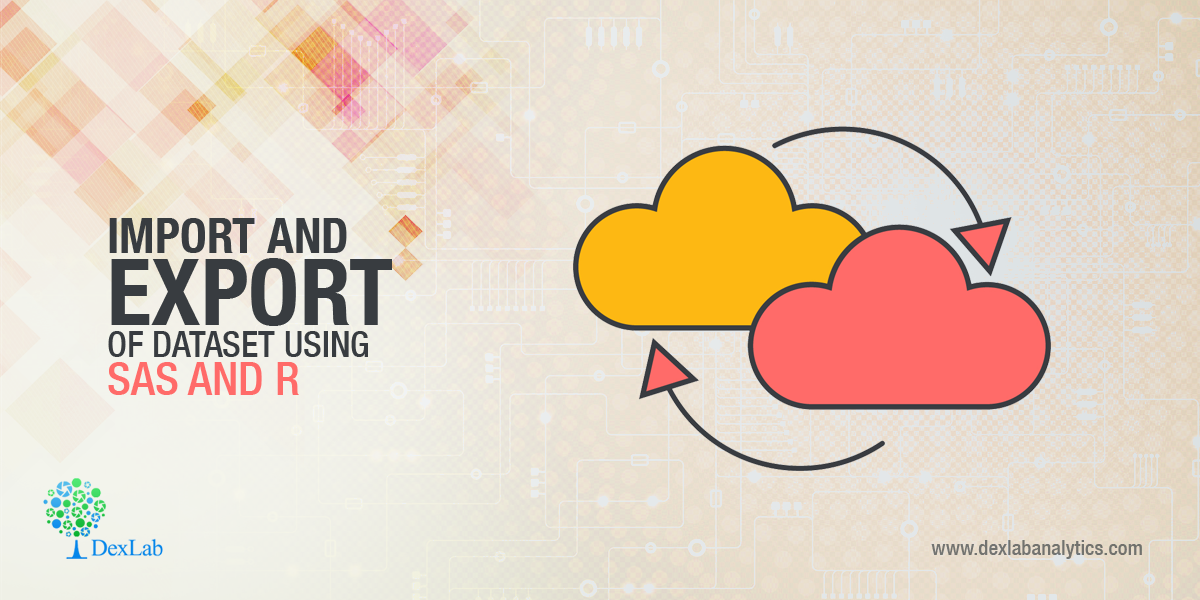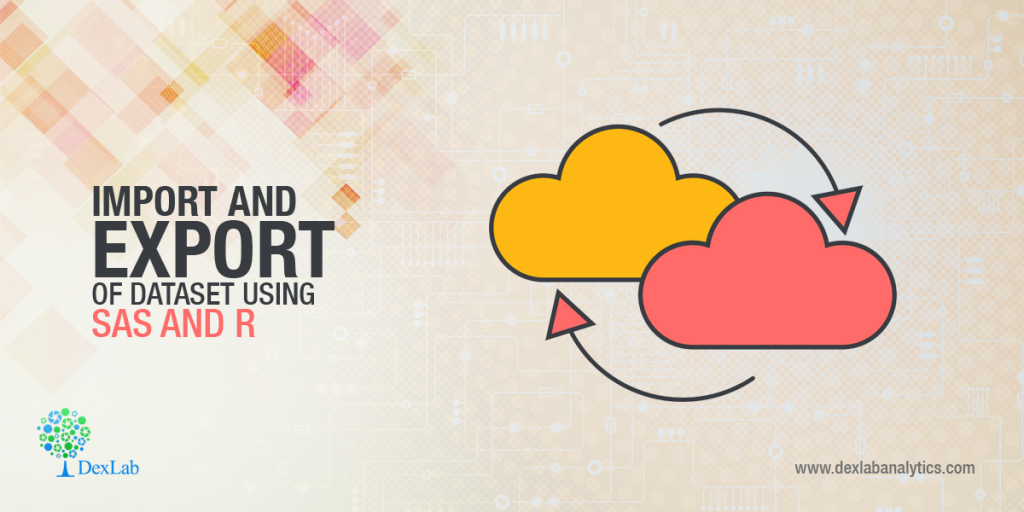Recently a world’s top magazine crowned the job role of Data Analyst as the sexiest job of the 21st Century. But there is still much confusion as to why this title is so much in demand in the job market presently and what makes it such a desirable gig. So, we would like to take this opportunity to describe in detail what the job role of data analysts entail, why is it so much in demand, what can an aspiring data analyst expect in this job, what are the payment packages and what the future holds for this breed of pseudo-scientists. Continue reading “What Makes A Data Analyst?”
Category: Sas course
We Analyzed The Statistics Of Game Of Thrones
Are you a data science enthusiast as well as a fan of Game of Thrones? Then this blog is where you should stick your eyes to and fear not as we will not give you any spoilers.
Of the zillion of characters in the show, ever imagined which is the main character the show is leading with? Amidst the characters like Tyrion, Bran, Dany and pals who is the main one in the Game of Thrones? Continue reading “We Analyzed The Statistics Of Game Of Thrones”
The Right Tool For Statistical Analysis SAS Vs. Stata
Both SPSS and SAS have been around in the world of statistical analysis for several years now, so, the conundrum of which is better software for statistical analysis is an age-old question among data people.
To begin with SAS is in its version 9+ and has also enhanced its visual appeal greatly. But SPSS still comes with its popular “click and get results” interface. SPSS has also moved beyond its version 15.0+ and has also began adding different modules like its competitor SAS. Continue reading “The Right Tool For Statistical Analysis SAS Vs. Stata”
The Most Interesting Scientific Fact About Numbers a Data Scientist can Know
Are you a non-data person? Do you think numbers are unnecessarily complex and are better to stay away from? When asked to calculations do you feel a little of sleepiness setting in? Then this would come as a surprise to you that our brains originally think in numbers. To be more precise, our brains actually think in the Logarithm Scale instead of thinking in the additive scale. To put it simply our brains understand better in terms of proportions than in differences.
So, how would our brains approach differences in numbers? We think almost automatically that the difference between 1 and 2 is greater than the difference between 3 and 2 and so forth.
Continue reading “The Most Interesting Scientific Fact About Numbers a Data Scientist can Know”
Historians Make Use of Predictive Modeling
Predictive modeling figures at the top of the list of new techniques put in to use by researchers in order to make out key archeological sites. The methodology used is not that complex. It makes predictions on the location of archeological sites having for its basis the qualities that are common to the sites already known. And the best news is that it works like a charm. A group of archeologists working in the company Logan Simpson which operates out of Utah discovered no less than 19 individual archeological sites containing many biface blades as well as stone points in addition to other artifacts that belong to the Paleoarchaic Period which ranges from 7,000 to 12,000 years ago.
The location of the site is about 160 km or 100 miles from Las Vegas, Nevada. The group of researchers also came across lakes and streams that disappeared long before. According to archeologists the sites were perhaps put into used by a number of groups of gatherers and hunters in the ancient times. The sites are scattered widely and also are scarce and could herald an understanding of the human activity that took place throughout the length and breadth of the Great Basin as a warmer climate prevailed after the end of the Ice Age. Their remoteness ensured that they remain unfound when traditional methods are employed.
How Predictive Analysis Could Have Saved the World from Ransomware – @Dexlabanalytics.
In Nevada’s Dry Lake Valley, Delamar Valley and Kane Springs archeologists have discovered sites like Clovis, Lake Mojave and also Silver Lake that contains some stone tools constructed according to styles prevalent as far as 12,000 years back.The project was funded by the Lincoln County Archeological Initiative from the Bureau of Land Management. It made use of GIS or geographic information system technology in order to make predictions about activity belonging to the Pleistocene-Holocene period.
Read Also: How Data Preparation Changed Post Predictive Analytics Model Implementation
The predictive modeling put into use took in to account the fact that the Great Basin was way more wet and cool at the end period of the Pleistocene than the climate prevalent today and in all probability had attracted the attention of gatherers and hunters for several centuries. The process of mapping with GIS and aerial pictures amongst others was followed by pinpointing and ranking the various locations that hold the most promise.
How Predictive Analysis Works With Data Mining – @Dexlabanalytics.
Apart from the Paleoarchaic era, artifacts belonging to relatively more recent periods in History were also found which bear out that the sites at the lakeside had been used over the course of several millennia.
But the most important discovery was the proof that that Predictive Modeling on the basis of GIS works well and should be included in the arsenal of tools of archeologists trying to discover prehistoric sites .
Make predictive analytics your best friend for life and career with easy and comprehensive SAS training courses in Delhi by DexLab Analytics. For more information about this premier SAS training institute, log into their website.
Interested in a career in Data Analyst?
To learn more about Data Analyst with Advanced excel course – Enrol Now.
To learn more about Data Analyst with R Course – Enrol Now.
To learn more about Big Data Course – Enrol Now.To learn more about Machine Learning Using Python and Spark – Enrol Now.
To learn more about Data Analyst with SAS Course – Enrol Now.
To learn more about Data Analyst with Apache Spark Course – Enrol Now.
To learn more about Data Analyst with Market Risk Analytics and Modelling Course – Enrol Now.
Elementary Character Functions in SAS
Basically the number of functions present in the SAS program amount to three. They are Character Functions, Numeric Functions and Date and Time Functions. In this post we are going to take a brief look at Character functions of a basic nature.
Character Functions
Suppose that there is this program with the following lines of command:
Data Len_func ; input name $ ; cards; Sandeep Baljeet
Neeta
.
;
run;
data Len_func; set Len_func ; Len=length(name);
Len_N=lengthn(name); Len_C=lengthc(name); run;
proc print; run;Here,
- The function called LENGTH returns the character value’s length.
- The function LENGTHN is more or less identical to the LENGTH function. The sole difference between the two lies in the fact that for a value missing character it returns the length that equals to 0 whereas LENGTH returns a value of 1.
- The function LENGTHC returns to the program the storage length of particular strings.
The ABC of Summary Statistics and T Tests in SAS – @Dexlabanalytics.
Again let us consider the following lines of code:
Data case ; input name $ ;cards; sandeep baljeet neeta ; New_U=upcase(name); New_P=propcase(name); run; proc print; run;
Data Preparation using SAS – @Dexlabanalytics.
Here the following functions are introduced:
- The function UPCASE converts all of the letters to the uppercase.
- The function PROPCASE serves to capitalize the first letter of all words and converts the remaining to lowercase.
- As might be guess from the convention conformed to while naming the function, LOWCASE transforms all letters to their lowercase counterparts.
In the following program commands:
Data AMOUNTS; input NAME $20.; cards; RAD-HIKA SHARMA RAJARAM PAND-IT SURESH AA-RT-I ; RUN; Data AMOUNTS; Set AMOUNTS; NAME1=COMPRESS(NAME,'-'); NAME2=COMPBL(NAME); RUN; PROC PRINT; RUN;
Here’s why SAS Analytics Is a Must-Have IT Skill to Possess – @Dexlabanalytics.
Here we can see the following syntax:
- Compress (Variable, ”want to remove”);
- Compbl (Variable)
- The function COMPRESS removes blanks by default. It can also remove a particular specified character value as indicated by the code. In the example cited the character value ‘-‘is compressed.
- On the other hand the COMPBL function serves to result in a single blank from multiple ones.
For expert guidance, you will be well advised to enroll yourself in a SAS course from a reputed SAS Training institute. You may consider DexLab Analytics if you are in the vicinity of Delhi or noida.
Interested in a career in Data Analyst?
To learn more about Machine Learning Using Python and Spark – click here.
To learn more about Data Analyst with Advanced excel course – click here.
To learn more about Data Analyst with SAS Course – click here.
To learn more about Data Analyst with R Course – click here.
To learn more about Big Data Course – click here.
10 Things You Might Not Have Known About Your Favorite SAS Authors
If you are into the ecosphere of SAS it is most probable that at some point you have read their SAS books. But now it is time to be illuminated about a previously unknown side of your favorite SAS author.
Tricia Aanderud
Tricia has the distinction of having 100 jokes committed to memory including some that would fall into the category of dubious taste.
Bill Benjamin
Bill contemplated photography, art and even journalism classes during high school. When giving computers too a thought, the golden idea of flipping a coin to decide his destiny came upon him. And the result benefited the world of SAS.
Patricia Berglund
She is game for adventures regarding sled dogs and racing too! Under her adaptation is a sled dog, now retired from the wild sport.
Chuck Boiler
Chuck has had a brief experience in teaching grade school where he fell in love with learning which he pursues through his popular SAS books.
Iain Brown
Iain digs anything that is remotely associated with football and uses all the SAS tools to pick and maintain his very own fantasy team.
Michele Burlew
Her SAS macro quoting functions comparison to cloaking devices referred to in Star Trek made by her husband found its way in the first edition of the book “SAS Macro Programming Made Easy”.
Art Carpenter
A backpacker by heart, Art once hiked through the John Muir Trail along with his daughter.
Charlie Chase
An avid jazz aficionado he has had the opportunity to watch Winton Marsalis, Dizzy Gillespie, David Benoit and Grover Washington Jr, his personal favorite, in action.
Ron Cody
One of the ruling passions of John is scuba diving and he is the sort who will work his way through datasets while being on vacation.
Lora D. Delwiche
Lora spent a few months in Israel and Belgium while her husband took a long leave from his university job.
Endwords
Besides getting into the details of SAS authors, get yourself enrolled in state-of-the-art SAS courses. DexLab Analytics boasts of the best SAS certification and it will provide more of such trivia in the days to come. So stay tuned.
Interested in a career in Data Analyst?
To learn more about Machine Learning Using Python and Spark – click here.
To learn more about Data Analyst with Advanced excel course – click here.
To learn more about Data Analyst with SAS Course – click here.
To learn more about Data Analyst with R Course – click here.
To learn more about Big Data Course – click here.
Data Preparation using SAS
Before doing any data analysis, there are tasks which are critical to the success of the data analysis project. That critical task is known as data preparation. You may have heard that in the last years the data production is expanding at an astonishing pace. Experts now point to a 4300% increase in annual data generation by 2020. This can be due to the switch from analog to digital technologies and the rapid increase in data generation by individuals and corporations alike. The most of the data generated in the last few years are unstructured.
In the above context, it is highly important to prepare your data from the unstructured dataset to a structured dataset to do a meaningful analysis.
“Data preparation means manipulation of data into a form suitable for further analysis and processing”
“Data Preparation techniques consists of Cleaning, Integration, Selection and Transformation”
We will discuss some of the data preparation techniques in SAS using SAS. INFORMAT is used to read the data with special characters. FORMAT is used to display the data with special characters.
Data DP.Practice; length City $10.; input City $ ID $ Age Salary DOJ Profit; informat Salary dollar6. DOJ ddmmyy10. Profit dollar7.2; format Salary dollar6. DOJ ddmmyy10. Profit dollar7.2; label DOJ = "Date of Joining"; rename Salary = Salary_of_Employee; datalines; Bangalore T101 24 $2,000 12/12/2010 $300.50 Pune T102 29 $3,000 11/10/2006 $400.50 Hyderabad T103 $5,000 12/10/2008 $500.70 Delhi T104 $6,000 12/12/2009 $450.00 Pune T105 $7,000 12/12/2009 $450.00 ; run;
On the above SAS code, we have used both the INFORMAT and FORMAT to read and display the data with special characters. The SAS INFORMAT statement read the salary as numeric variable and in a specific format i.e. $5,000 which is of 6 characters including $. The FORMAT statement displays the same in your input data. Rename and label statements helps modify the variables metadata for further understanding of the dataset.
We will apply some transformations techniques in a dataset which helps us to apply some advanced analytical techniques in the data. We have a dataset that has various attributes of a customer who has subscribed or not subscribed an edition. In our dataset we have a categorical variable status which holds the observation either “Subscribed” or “Not Subscribed”. We can transform the categorical variable into a dichotomous variable to run a logistic regression on our dataset.
Data media01; set DP.media; length status $15; If status =”subscribed” then status = “0”; else status = “1”; run;
On the above SAS code, we have applied simple If Else statements to transform our dataset called media. Transforming a categorical variable into a dichotomous variable helps us to apply the analytical techniques that we want to run in our dataset. Once after the transformation is done, the dataset is good to go for the next stage i.e. data analysis.
The more you torture your data i.e. Data Preparation, the more the success on the outcome of the data analysis.
DexLab Analytics offer state of the art SAS training courses. They are a premier SAS training institute that caters to the needs of their students round the clock.
Interested in a career in Data Analyst?
To learn more about Data Analyst with Advanced excel course – Enrol Now.
To learn more about Data Analyst with R Course – Enrol Now.
To learn more about Big Data Course – Enrol Now.To learn more about Machine Learning Using Python and Spark – Enrol Now.
To learn more about Data Analyst with SAS Course – Enrol Now.
To learn more about Data Analyst with Apache Spark Course – Enrol Now.
To learn more about Data Analyst with Market Risk Analytics and Modelling Course – Enrol Now.
Import and Export of dataset using SAS and R
For an analyst, data is a primary raw material, which is used to draw conclusions and inferences for taking business decisions. Raw data is of less help to draw conclusions and inferences. Hence, we need to put the data into any statistical analysis software to slice and dice to bring inference for better decision making. In this post, we will discuss about the steps to import and export of a dataset using SAS and R.
Continue reading “Import and Export of dataset using SAS and R”
